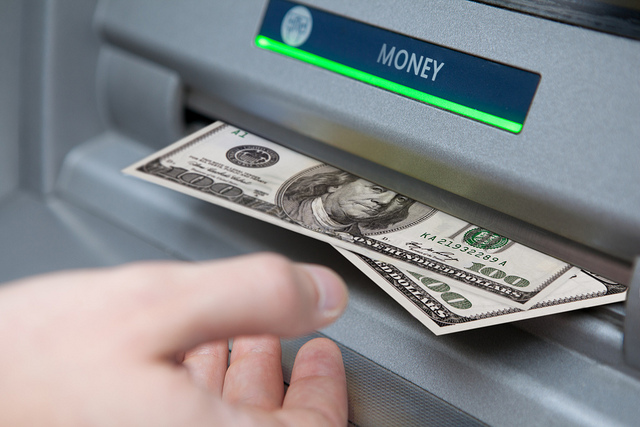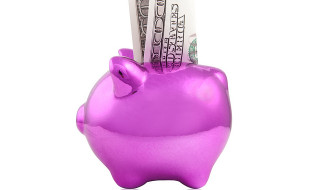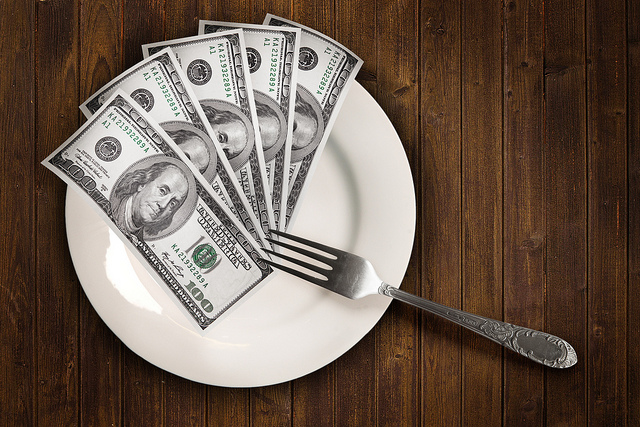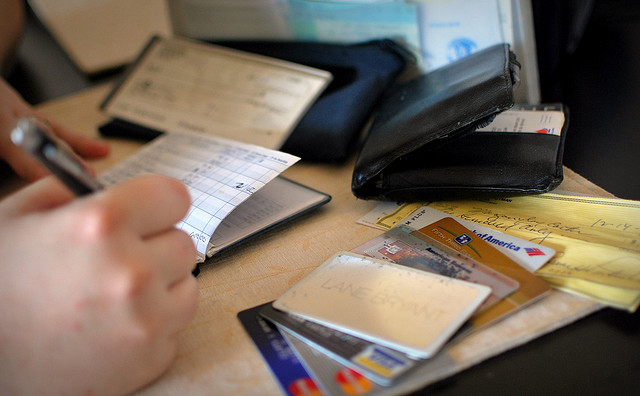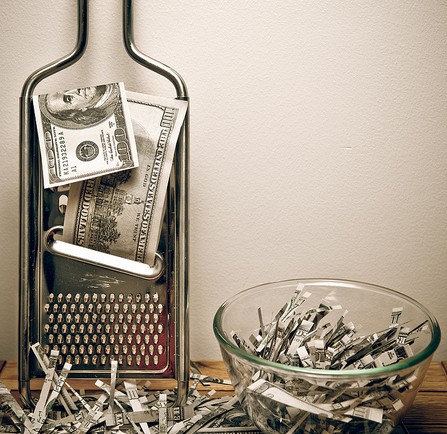There are two types of people in the world: those who spend and those who save.
SPENDERS
Compulsive spenders do not want to delay gratification. If they want something, they will purchase it right away…as long as they are happy. It worked so well in the past, so they stick to the same habit. But, when expenses and debts extremely increase then, it is the time they realize that they need to kick that habit away.
Here are 3 ways to prevent your impulses and to help you save:
1. IDENTIFY YOUR FINANCIAL GOALS
How much do you need when you retire or how much do you need to pay for your child’s education? Ask yourself these questions to identify your financial goals. Then, be vocal about it to your friends and family.
2. NEED VS WANT
Before purchasing anything, evaluate and know whether you need or want the item. Then, purchase according to your budget.
3. STAY AWAY FROM THE PLASTIC CARDS
By using mainly cash and withdrawing it from your bank account, then you became more aware of your spending and your account balance.
SAVERS
For financially aware individuals, the act of spending can activate neural activity in the anterior insula and amygdala. These two parts are responsible for the mood and unpleasantness felt. This is why the more these two are activated; the less likely a financially aware individual will spend. On the other hand, the act of saving will bring immense pleasure to them.
While many people take pleasure in purchasing things, some savvy savers do not feel the same. Instead some of these people are uncomfortable when shopping, they constantly look for the price tag and calculate the total, and they feel emotionally painful when they are paying. If you are not experiencing enough pleasure in life, you deserve to loosen up and enjoy spending every once in a while.
So, what brings the pleasure back as a savvy saver that is spending?
1. STAY AWAY FROM THE PLASTIC CARDS
Give yourself the vacation or rest day you deserve by budgeting a portion of your money to a category called “personal incentives”. With that money, you would not need to use your credit or debit card since you have already set aside the cash to cover it. Now all you can do is relax and take your mind off the expenses.
2. PURCHASES=REWARDS
At the end of the month and once you meet your savings goal, reward yourself with the pampering you deserve for working hard and doing so well. To prevent frugal fatigue, reward yourself by using a responsible amount of 4% – 8% of your savings.
3. THINK OF THE FUTURE
Study has shown that people are happier when they spend their money on experiences (e.g., sky diving) than in goods (e.g., Gucci bag). So, do the same with your personal incentives. Do you really want to regret experiences you did not take because you don’t want to spend money on enjoyment?
Even though you belong in one category now…you can still change! Whether you are a saver or spender, you hold your financial present and future.


